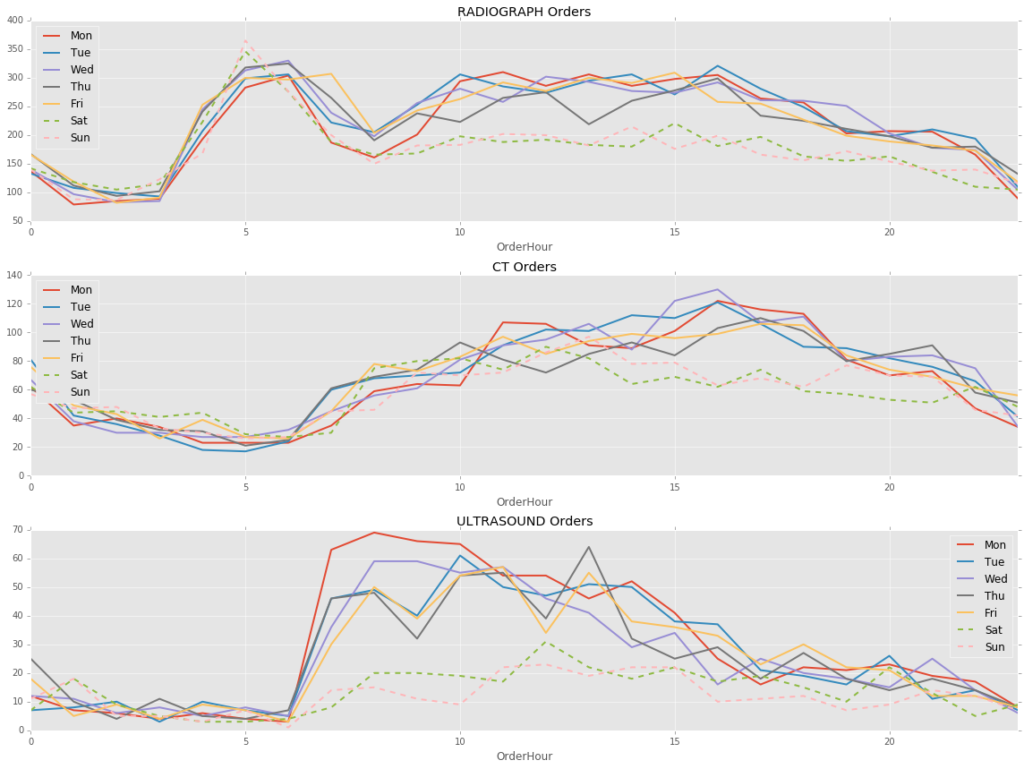The Radiology Society of North America (RSNA) Annual Meeting is a place to expand your knowledge base, both by taking a deeper dive into your core interest and by getting your feet wet a few new skills.
If informatics is something you’ve been interested in but need a good way to get started, then the RSNA offers some solid opportunities for beginners. Continue reading




